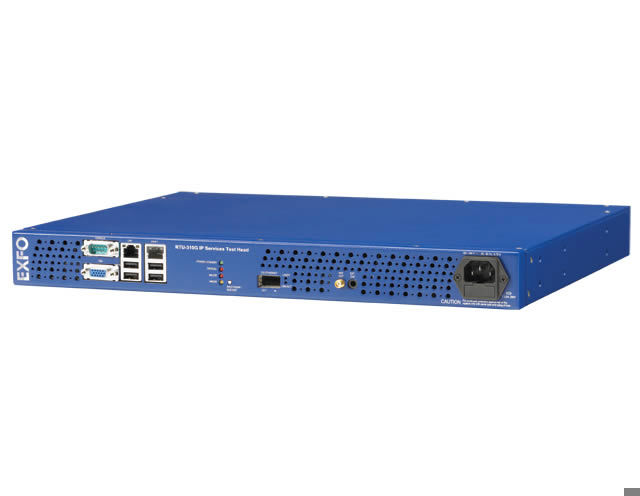IP services test head
- Discontinued date: 6/30/2016
- End-of-service and support date: 6/30/2021

All products
IP services test head





